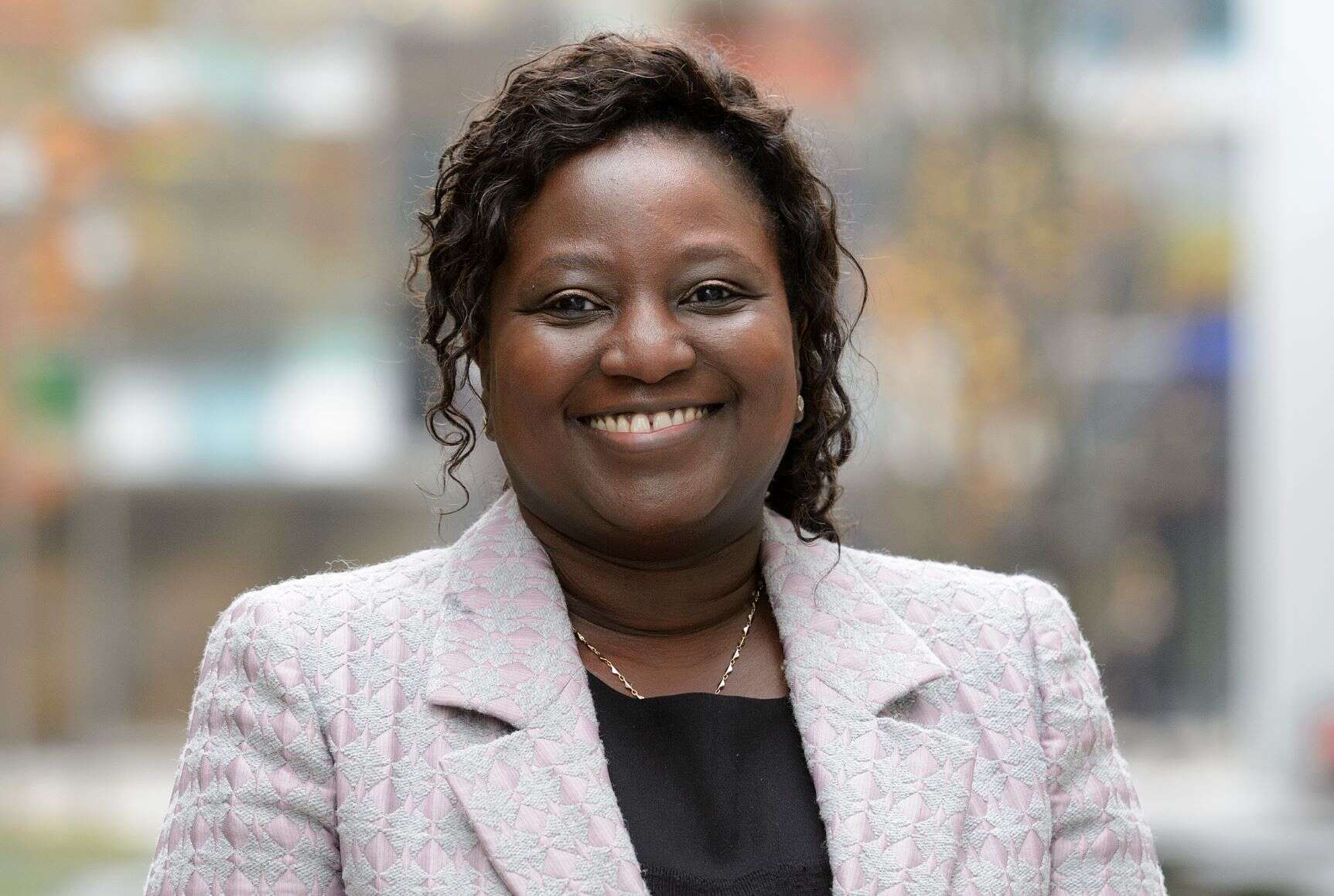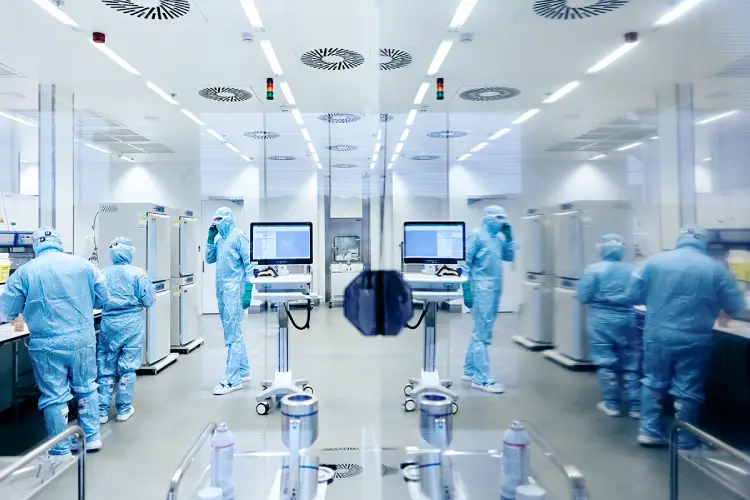
Pharmaceuticals’ moment in the sun arguably arrived with COVID-19, when an industry often demonised as “Big Pharma” started attracting broader recognition as a genuinely innovative one that is central to fighting to the pandemic; and one which will be at the heart of responding to any other future public health crises.
Pharma has drawn fresh attention from those working in the tech sector as a result. The idea of marrying an intellectual challenge with a social good — reverse engineering a computer virus, and doing the same to a real virus to find ways in which to restore a system to health is among the obvious parallels — appears to have struck a chord across the tech world; something born out by recent surveys. (The fact that it is a hugely profitable industry able to remunerate talent well may also help.)
That shift in public sentiment was tidily captured in a survey of 2,500 technology professionals — in China, Germany, India, the UK, and the US — by Switzerland’s Novartis, conducted in May and June 2020: this found that 72% of tech professionals are more likely to consider pharma for their next job compared to six months ago. (The survey also suggested that healthcare and pharmaceuticals were now more than twice as attractive as financial services, telecoms and manufacturing to tech talent.)

Novartis CTO: “We’re all fishing in the same pond”
They’re needed: across the sector, huge work is underway to innovate: as Bertrand Bodson, CDO of Novartis, puts it: “COVID-19 has caused a seismic shift in the adoption and scaling of digital technologies in our sector, at a pace never seen before.”
Novartis’ Elizabeth Theophille, Head of Technology, Architecture and Digital (a de facto CTO role) is among those who made the shift from other sectors. Previously Group CIO at Nokia, she admits she knew little about pharma when she joined the company: “I was probably some of the first tranches when Novartis were looking for tech specialists that never had a healthcare background”, she told Computer Business Review in a call.
“We’re being more open to find talent from other industries, because we’re all fishing in the same pond when it comes to getting good people: engineers, data scientists; people that can build and architect cloud solutions and help business transformation.”
Speaking from Paris, she painted a picture of a diverse team at the company, working on multiple overlapping data science, automation and cloud engineering challenges: “I have a team of about 300 associates. I have a large team of architects; I have a team of data scientists; I have a team of automation specialists: a myriad of skills across my organization – and they come from different backgrounds as well.”
Cloud-powered innovation
It’s a big transition for an industry long-seen as deeply conservative and risk averse. Part of that shift has come with an increasing openness to the cloud, which has helped break down internal siloes and reduce technical debt, she suggests.
As CTO, Theophille notes: “I am also leading the architecture, design and build of the ‘Novartis Enterprise Data and Analytics Platform’ which is a multi-cloud platform powered by AWS & Azure. This platform will hold our vast amounts of data across Novartis that the business will use for new insights and decisions…”)
“I think a big transformation has been around using cloud Platform-as-a-Service (PaaS) to build new solutions; we could really start to get better insights and decisions from the data that we put on the cloud, whether that was commercial data, marketing data, clinical trials and so on. We’ve also been building a lot more customer experience applications on the cloud. There has been a big change in mindset [at Novartis] around sharing data at an enterprise level, instead of keeping that on your own dedicated server. There’s a lot more trust in in how we collaborate as an organisation.”
New (as of 2018) Novartis CEO Vasant Narasimhan has been vocal on this, and the need to make greater use of data. The company’s 2019 annual report [pdf] captured some of his thinking, along with the fact that the business has now collected approximately two million patient years of data through clinical trials alone.
As Narasimhan noted: “We’re taking steps to make the most of this strategic asset. In 2019, we expanded and launched major data and digital initiatives while forming new collaborations to augment our growing internal capabilities.”
He added: “We’re integrating massive amounts of data that previously existed in silos inside and outside the company and taking a holistic look at it. The data ranges from images of cells that have been treated with different chemicals, to blood samples from patients analyzed within clinical trials. We’re using machine learning and artificial intelligence to mine the integrated, anonymized data for connections and patterns that are indiscernible to the human brain. Our data scientists are building models and applications that will empower Novartis teams to ask new questions, make better predictions and save time. We can use the platform to prioritize drug targets, identify development opportunities for compounds, and more.
Novartis CTO: Supply chain planning is a growing part of the role
“To make buying of routine supplies more efficient, we are standardizing specifications and consolidating suppliers. The example of laboratory gloves illustrates our progress: We went from 100 different types of laboratory gloves worldwide to just 14, and from 55 suppliers to one, saving USD 0.6 million. We are also building a database to provide a more comprehensive view of our purchasing and are starting to use data analytics to help us better manage what we buy, when and from whom.”
That’s a big focus for CTO Elizabeth Theophille, who told us: “I have a big focus right now on how we do demand planning for supply chain; how we look at our interactions with HCPs (healthcare professionals) and the experience that they get, especially when they join Novartis events. I also look at how we simplify the way we manage content from a digital asset management perspective and how we approve all of our materials that commercially get extended to HCPs. And I’m just looking at how we can use technology and business process to to change the way we work.”
“We have robots alive and kicking”
This includes overhauling the finance function: “We have started to build robots using Microsoft Azure: using this to actually bring together software automation and to simplify many of the complex processes that we have at Novartis.
“We have robots live alive and kicking at Novartis – most of them are doing a lot of automation in our financial services area. We’ve also automated the pharmacovigilance processes where, you know, we have to report adverse events”
What’s the big pending project then?
“Every year we review our Technology Outlooks based on the business strategy and new emerging tech. In my role I own Technology Refresh and evaluate new emerging technology. One of our big focuses for the next 4 – 6 years will be to refresh our SAP landscape which will require a complete overhaul in business process transformation, technology upgrades and new ways of working…”
(CTOs and CIOs globally will recognise the headaches that can come with this — and the temptation to leave it to last in large digital transformation checklist).
“This is an amazing time for the digital transformation of health care”, she concludes. “It’s truly been a remarkable journey over the past few years. We’ve invested a significant amount of money, and [forged] partnerships with Microsoft, AWS and other organisations to help us transform; using their cloud technology to analyse our data and bring our data together and to build data science and AI models.
“The pharmaceutical industry is absolutely essential to help patients. So it’s it’s really key that we get a diversity of knowledge and experience from other industries that can help us accelerate this digital transformation.”






